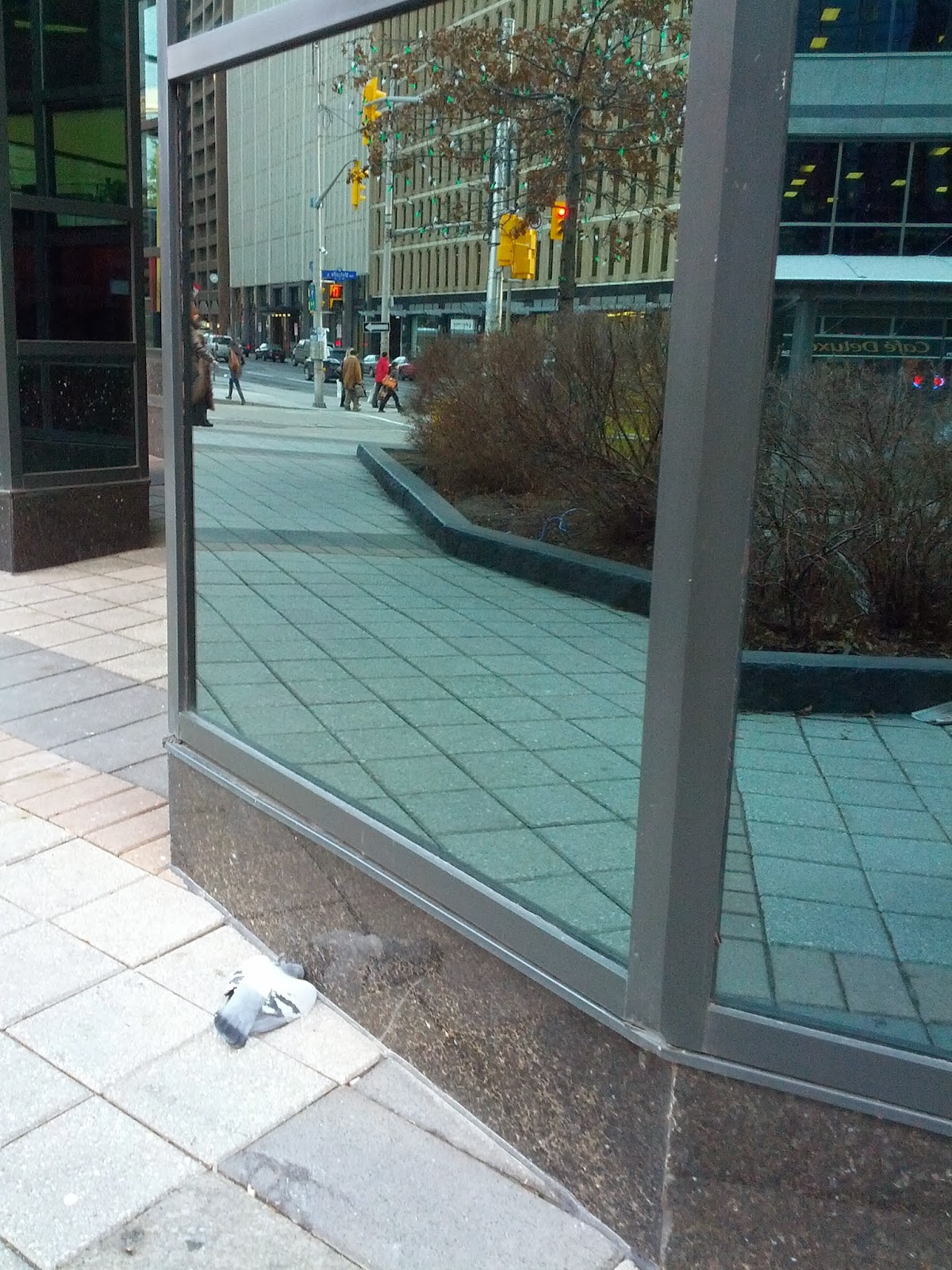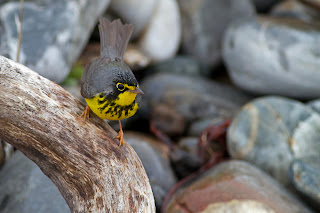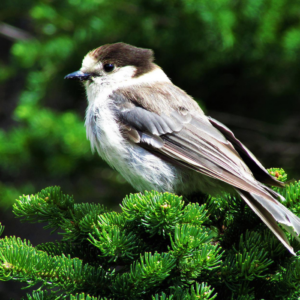Bird-building collisions paper identifies Canada Warbler as “disproportionately vulnerable” to mortality caused by building collisions
A new paper published in the reputed ornithology journal The Condor on January 2, 2014 by researchers from the Smithsonian Conservation Biology Institute and the US Fish and Wildlife Service quantifies the impact of buildings on birds as a major cause of bird mortality in the United States of America. While it has long been suspected that buildings kill large numbers of birds, this is the first study to undertake a rigorous statistical analysis of available data. The verdict is that buildings in the USA are annually killing between 365 million and 998 million birds, accounting for 2% to 8% of the total bird population in the continental USA. Buildings are second only to cats on the list of human-caused mortality. In 2013, Environment Canada published a series of papers on major human causes of bird mortality in Canada, which arrived at the same conclusion.
 |
| Rock Pigeon from window collision, downtown Ottawa, Alex MacDonald |
Using data of 92,000 casualties from 23 studies in the USA and Canada, the researchers were able to estimate actual numbers of birds killed by different types of buildings as well as the vulnerability of various species to building collisions. For their analysis they classified buildings into three groups: high-rise, low-rise, and detached homes. Low-rise buildings in the USA kill approximately 56% of birds while detached residences account for 44% of the casualties. High rise towers (over 12 stories) accounted for less than one percent of the total casualties due to the relatively low number of high towers. However,individual towers can produle extremely high numbers of casualties. The number of casualties per building per year on average is the inverse, with high rises averaging 24.3, low-rises, 21.7 and detached residences, 2.1.
The victims of collisions with low and high rise towers are almost exclusively migrants, mainly long-distance migrants, whereas there are a mix of migrants and resident birds accounting for the toll from detached residences. The proximity of bird feeders was associated with increased casualty rates with detached residences (hence the presence of resident birds), whereas light emissions, the proximity of vegetation and amount of glass covering buildings were factors associated with increased mortality from low and high rise building in some studies.
 |
| Canada Warbler, John Kormendy |
Several species of birds of high conservation concern were disproportionately represented on the list of casualties, with Canada Warbler (Threatened in Canada) catching our eyes. In ranking the probability that the species would be a building casualty compared to the “average” species’ probability, Canada warbler ranked sixth (46.7 times the “average” bird) for low rise, and eighth (25.8 X), for high rise buildings. Other Canadian Species as Risk with increased vulnerability include Golden-winged Warbler, Louisiana Waterthrush, Wood Thrush, and Eastern Whip-poor-will. Other species with disproportionately high casualty rates that have a high proportion of their population in Canada include Purple Finch, Ovenbird, Yellow-bellied Sapsucker and Brown Creeper. The authors did not speculate on whether building collisions is having a population level impact on any species, but they do suggest that it is a serious concern requiring mitigation, particularly for bird species with low or declining populations.
Nature Canada, along with our partners Bird Studies Canada, Environment Canada and BirdLife International, through the generous support of Swarovski Optik are undertaking measures to increase our knowledge of Canada Warbler and reduce threats to its populations. Through Nature Canada’s Naturehood initiative, we hope to work with home owners, community groups, building operators and owners, and municipalities to mitigate the impact of buildings on Canada Warbler and many other species as much as possible.



